
Unlock the Big Gigaton Idea – Transforming biomass waste into real solutions for massive carbon drawdown and a climate-positive future.
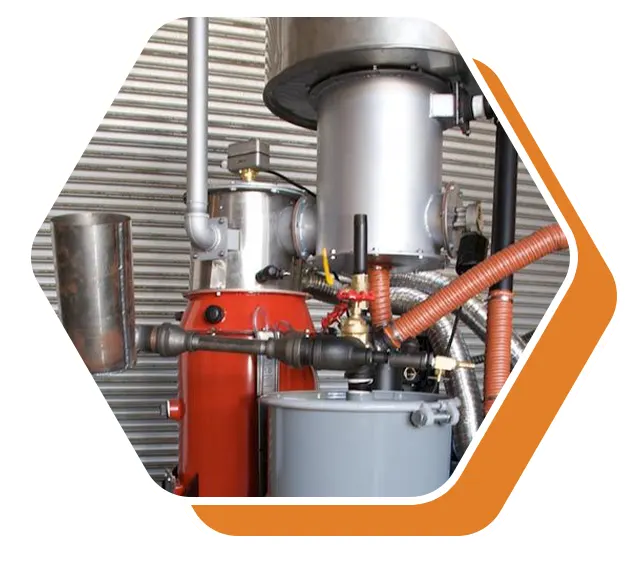
From a rebellious art collective to pioneering carbon drawdown—APL turns waste into climate solutions.

ALL Power Labs is led by gasification expert Jim Mason, energy pioneer Dr. Dan Kammen, and solar innovator Tom Dinwoodie, advancing carbon-negative energy solutions.
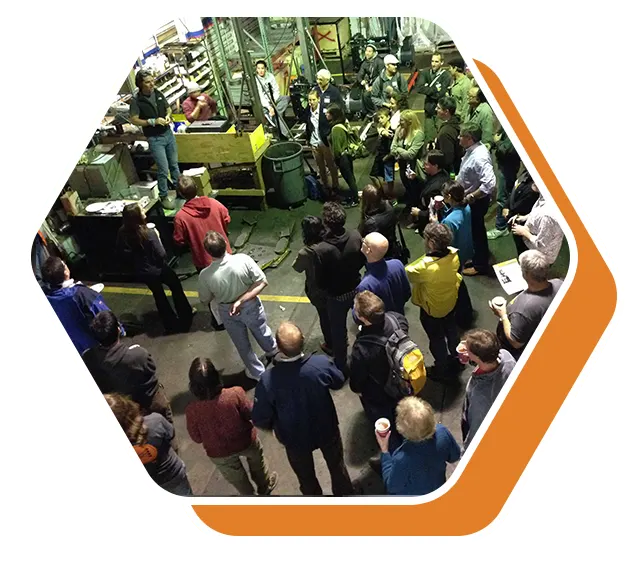
Join Us at APL Events – Explore our latest innovations, live demos, and industry gatherings on biochar and bioenergy!
At ALL Power Labs, we turn biomass waste into real solutions for massive carbon drawdown, shaping a climate-positive future. Founded by a rebellious art collective, our journey from frugal innovation to leading carbon-negative energy solutions is captured in our Big Gigaton Idea, demonstrating how our technology can remove 20-80 PPM CO₂ over the next century.
We are engineers, scientists, and visionaries dedicated to advancing carbon drawdown technologies.
If you have any questions, feel free to reach out!
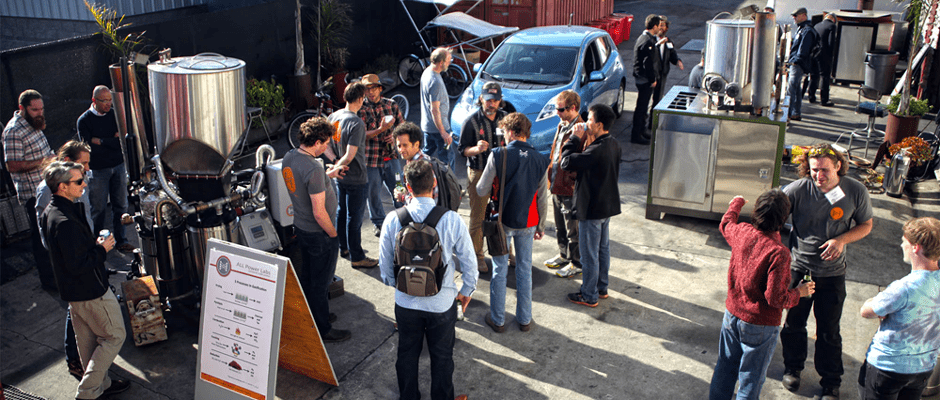
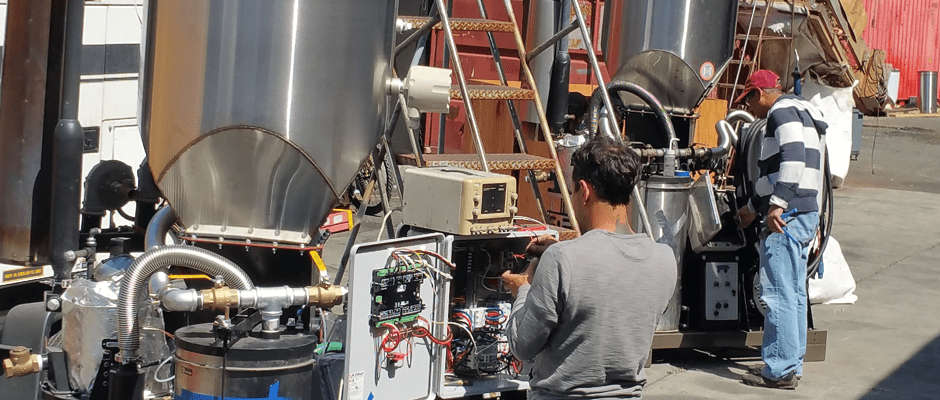
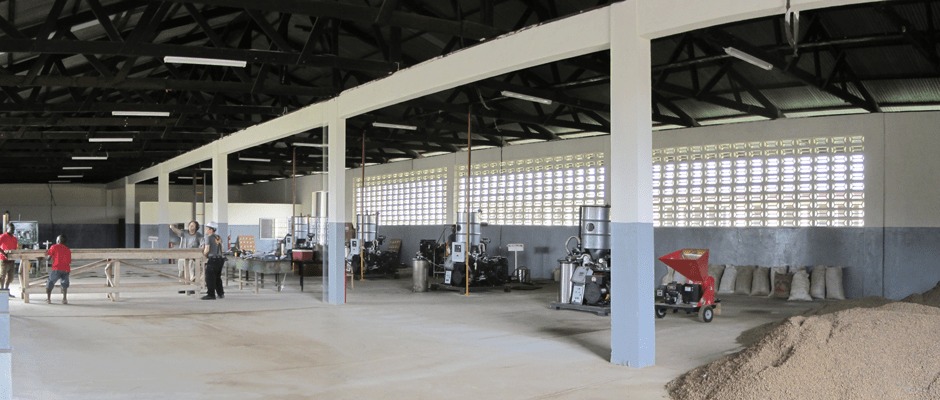
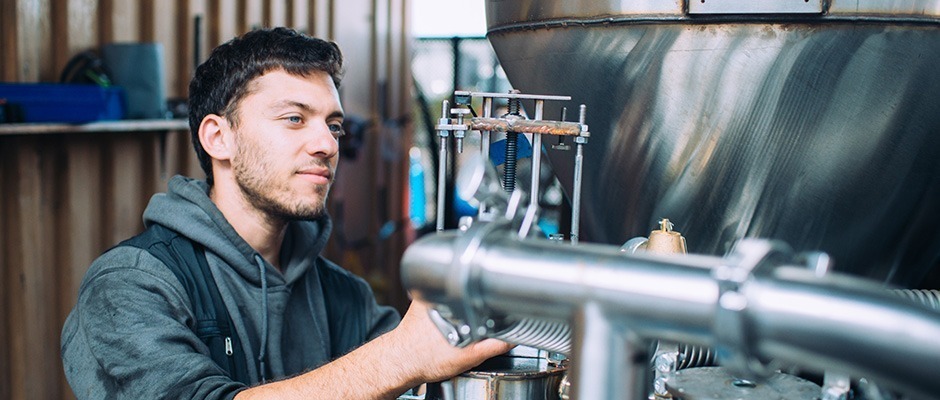
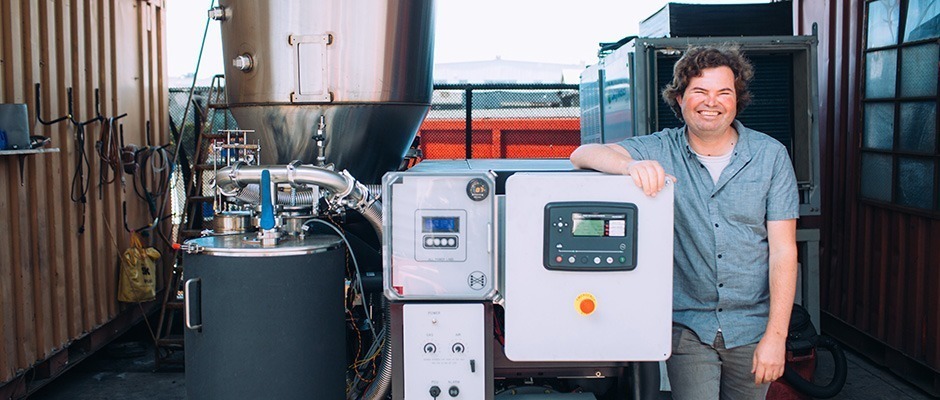
“If you could continually turn a lot of organic material into biochar, you could, over time, reverse the history of the last two hundred years…We can, literally, start sucking some of the carbon that our predecessors have poured into the atmosphere down through our weeds and stalks and stick it back in the ground. We can run the movie backward. We can unmine some of the coal, undrill some of the oil.”